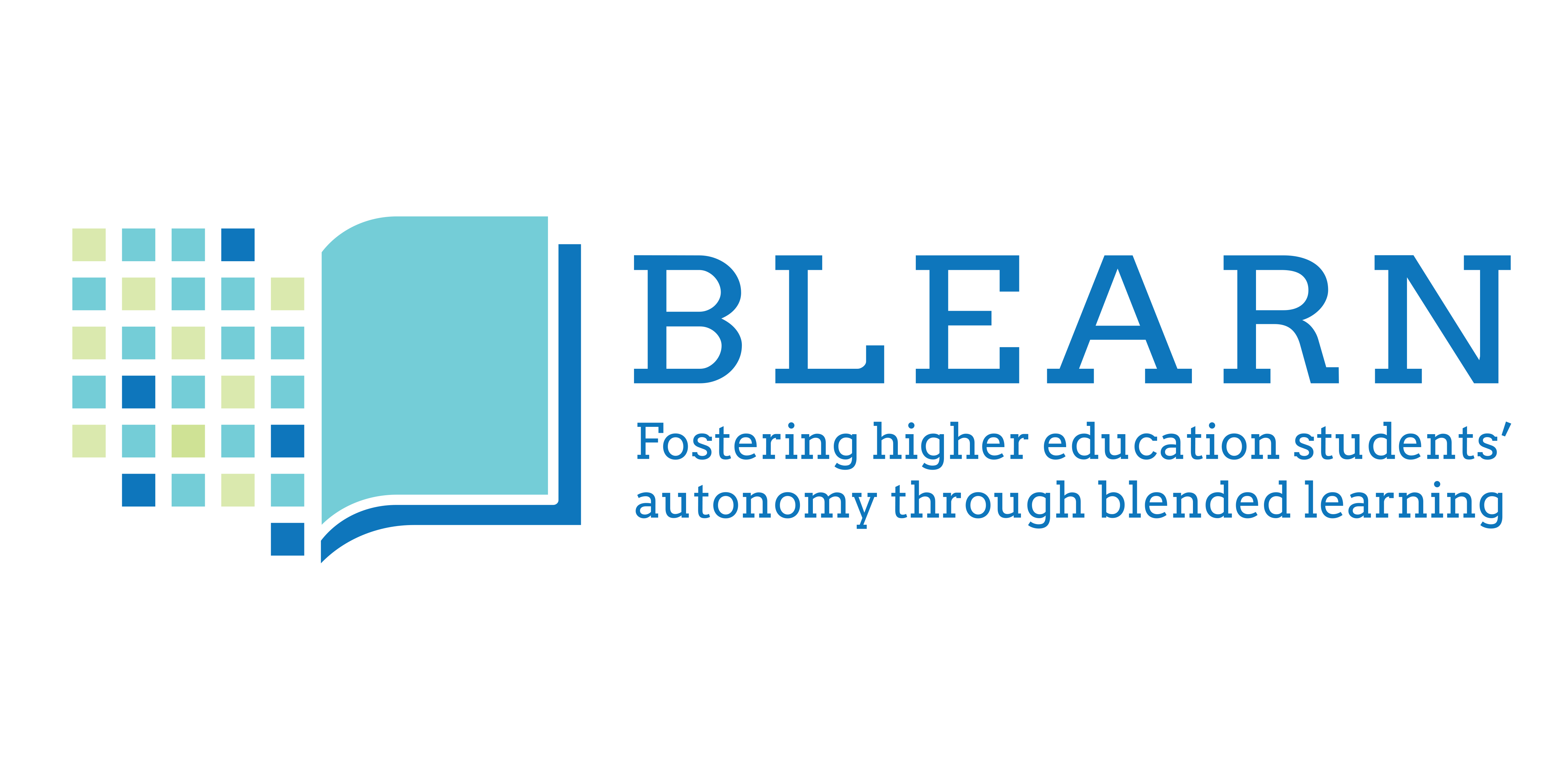A personal reflection by Kenan Dikilitas
In the project I was involved in exploring the institutional leaders who were responsible for the digital transition during the pandemic and how they managed to keep the academic calendar active and open during the lockdown. The participating leaders were excited to talk about their experiences including practical digital challenges and achievements as well as the emerging insights into modifying their future digital practices. They were also concerned about the ongoing processes of the staff and student development of digital skills in order to maximize learning and engagement. A number of institutional issues were highlighted which concerned the local, national, and international pedagogical issues.
Listening to these leaders, and analyzing the qualitative data was rewarding for me as a researcher and an educator in various ways. It once again reminded me that the institutions need to be ready for ubiquitous learning which entails learning and teaching any time anywhere. When and if the circumstances change, just like in the pandemic conditions, they need to have a plan B in stock and enact it. For example, flexibility in course delivery and participation is key to enabling a system that works and is regulated by the academic staff. I felt that teachers need to improve their digital literacy of delivering by adopting blended, hybrid, or full online courses gradually and be ready for any abrupt shift to a different mode of course delivery.
The restrictions of physical course delivery and participation during the pandemic necessitated being flexible, which could be enabled by digitalization. Our research also revealed that institutional leaders should also be specialized in the management of digital education in higher education with specific emphasis on how to create. A parallel digital system that supports the onsite education, how to provide professional development opportunities for the academic and administrative staff as well as how to prepare students for such shifts in the mode of course delivery and participation. We found out that developing digital literacy is a must for all the stakeholders of the higher education context.
The challenges experienced by students and teachers demonstrated that continuity in using, integrating, and developing digital learning after the pandemic is essential to promote readiness of the institutions to react to the abrupt changes that could adversely impact onsite education. Academic staff in higher education need to be able to learn to teach in different modes including blended, hybrid and online at least in a way that could support their face-to-face teaching. They need to design their courses in a way that could be switched to each mode any time by developing the course content in multiple modalities and the mode of delivery any time needed without any learning deficiency in each. The institutional leaders then need to seek ways to make this possible not just for the times of abrupt change in course delivery but also for the continuous improvement and enrichment of the learning in multiple modalities which might offer students rich learning opportunities.
Kenan Dikilitas

